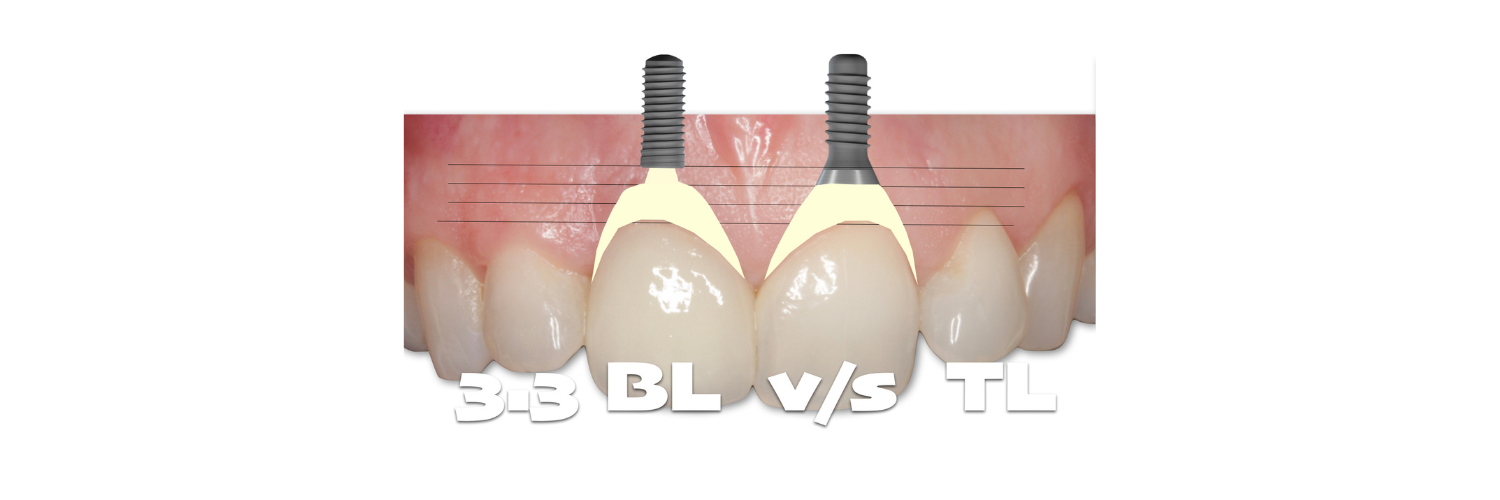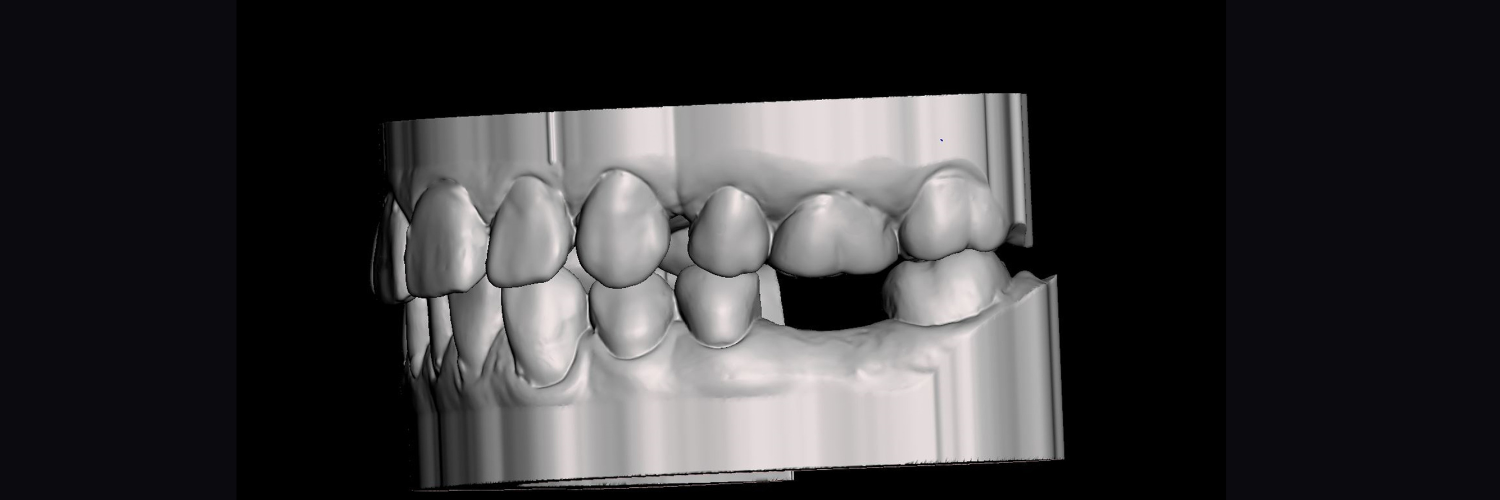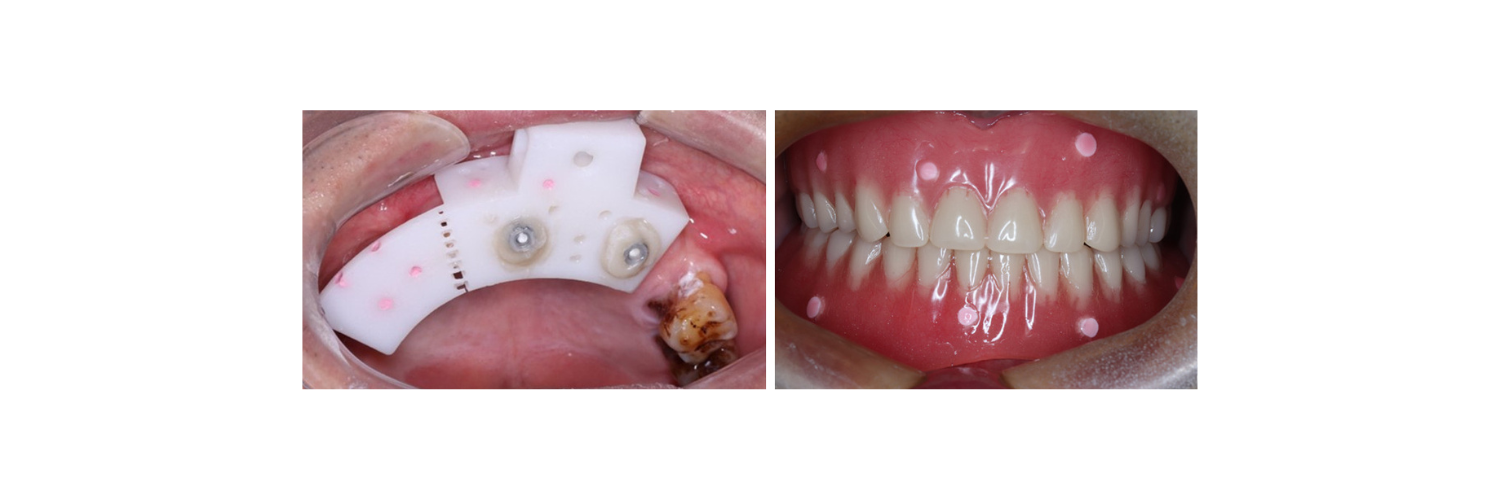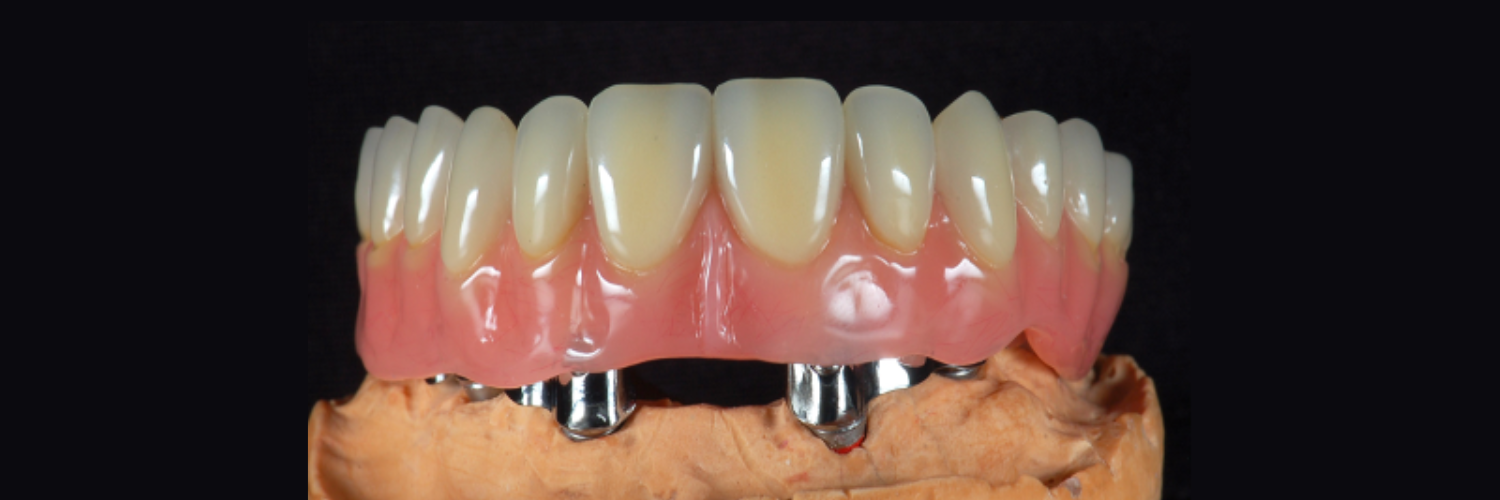
Tissue Level Implants in the Esthetic Zone
Learn more about TL implant placement in the esthetic zone and why it has been controversial on this article.

Learn more about TL implant placement in the esthetic zone and why it has been controversial on this article.

This review explores systemic factors associated with peri-implantitis development, focusing on smoking, hyperglycemia, and a history of periodontitis.

Digital imaging systems and computer-aided design and computer-aided manufacturing techniques are powerful resources capable of simplifying the diagnosis, treatment planning, and execution of surgical procedures. Find out more about the importance of digital imaging on this article.

Discover the future of dentistry with computer-assisted implant surgery. Precise implant placement, reduced risks and complications. Improved communication with clinicians, labs, and patients, revolutionizing patient care and outcomes. Despite challenges, the benefits outweigh them. Explore this technique for a brighter dental future.

Learn more about the proper utilization of fiducial configuration that is imperative for successful zygomatic implant placement.

Learn more about the proper utilization of fiducial configuration that is imperative for successful zygomatic implant placement.

Get a comprehensive overview of the various opportunities that the implementation of 3D digital technologies and workflows offers to the field of bone augmentation in implant dentistry.

Dental implant treatments can present two main complications, mechanical and biological. Find out more about the importance of correct treatment planning and adequate prosthetic design towards preventing peri-implant diseases.

Timing matters! ⏳ Explore the dynamic world of implant placement timing. From immediate to fully healed – which suits your case? Learn the intricacies of each approach, backed by the latest evidence. Decode the art of dental implant timing!

Understanding the biology of the soft tissues surrounding dental implants is of great clinical importance. Find out more about the importance of soft tissues around dental implants on this article.

We accept both abstracts and full articles. The Scientific Advisory Team will decide based on relevance of the topic, quality of text and images as well as scientific and/or clinical rigor. Use the buttons below to submit your work.
Welcome to the ITI Blog – home to implant-dentistry-related news, views, opinion and information. Pick up your regular dose of knowledge here!
Disclaimer: The views and opinions expressed by the authors do not necessarily represent those of the ITI. Content is published for informational purposes only. The ITI as well as the authors do not make any representation or warranty for the completeness or accuracy of the published materials and as a consequence do not accept any liability for damages caused by the use of the materials and information contained in this blog. The information contained in this blog cannot replace an individual assessment by a clinician and its use for the treatment of patients is therefore the sole responsibility of the clinician.
© International Team for Implantology 2023
